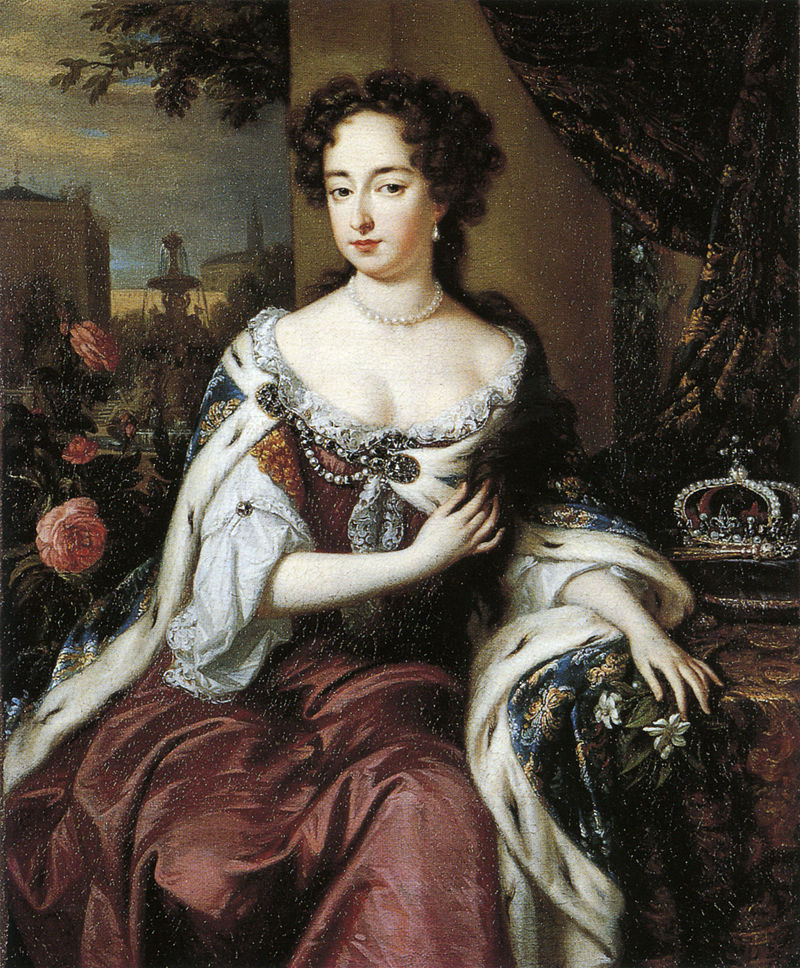The scientific revolution that was launched in the 17th century is often portrayed in textbooks as a struggle between backward Christians and advanced reformed scientists. However, no scholar today believes this. The church and scientists usually peacefully co-existed. In fact, the very nature of Christianity promotes the idea of a carefully ordered universe, without random chaos. Jesuits were known for a long time as the leading force in seismology, and many priests were active in scientific endeavors. Johannes Keppler stated that there was no one he liked to talk about science with more than the Jesuits. So no, the scientific revolution was not in fact a war between the Church and science but a peaceful coexistence of the two.
The Enlightenment was a school of thought, started in the 18th century, that was founded on the belief that your reason could explain all things. However, because Thomas Aquinas used reason to prove the existence of God, and the Enlightenment thinkers just didn’t think that reason could prove such a thing, some scholars have said they had less reason than they believed they did. Enlightenment thinkers were very skeptical of traditional institutions including the one of monogamous marriage. They firmly believed that science was a model for knowledge because it could give them clear definitive answers, unlike theology. Some were outright atheists some were deists and others, such as Voltaire, believed that religion was valuable because it kept the poor people in line, and from looting the rich.

Antoine Lavoisier was born in 1743 to a family of wealth and nobility. He attended the University of Paris where he had a great interest in science. He became known for his research in chemistry performing some of the first quantitative chemical experiments. He contributed greatly to the phenomenon of combustion and is commonly cited as a key contributor to the chemical revolution. At age twenty-six Lavoisier was elected to the Academy of Sciences, and around the same time bought a share in Ferme générale, a tax farming company that advanced the estimation of tax revenue to the government in return for the right to collect taxes. All his life Lavoisier spent time and money on helping the poor. He submitted a report on improving urban street lighting to the French Academy of Sciences and worked on purifying water from the Seine. He spent considerable sums on improving crop production in Sologne which had poor farming conditions. However, he concluded that although agricultural improvement was a possibility, the farmers were left with so little money after taxes it was impossible to expect them to change their traditional system. In the midst of the French Revolution, Lavoisier and all former tax farmers were arrested. He drafted their defense that refuted financial accusations, but the court believed that by condemning them and seizing their possessions they would recover huge sums of money. In 1794 Lavoisier and twenty-seven of his co-defendants were guillotined. According to popular belief, Lavoisier’s plea to continue his experiments was cut short by the judge stating, “The Republic needs neither scholars nor chemists; the course of justice cannot be delayed.”




